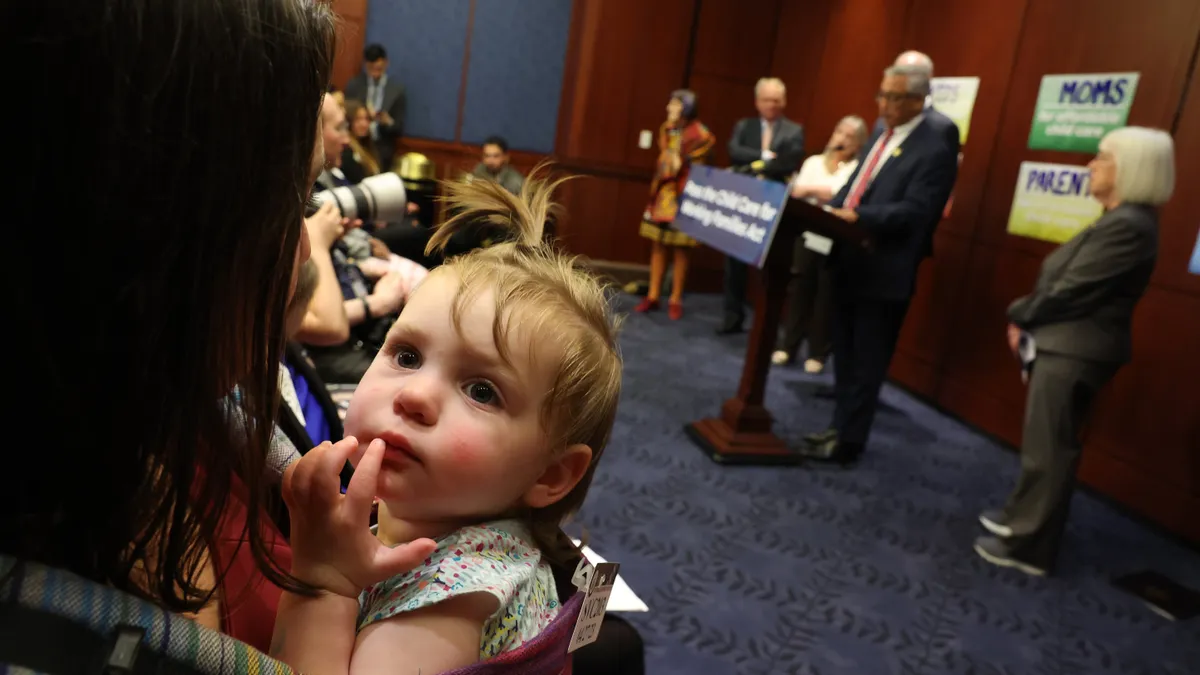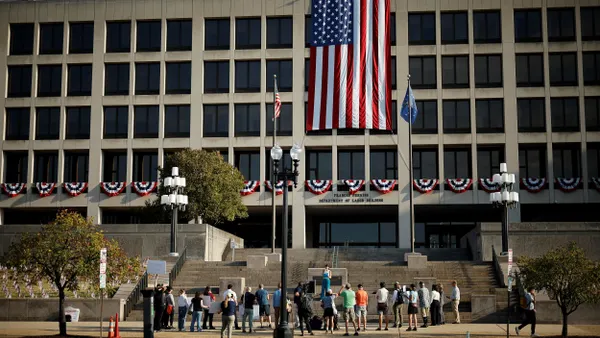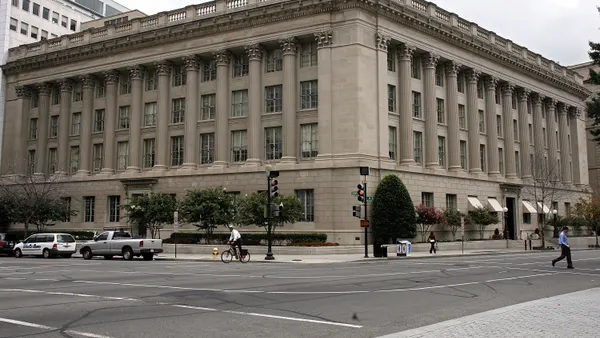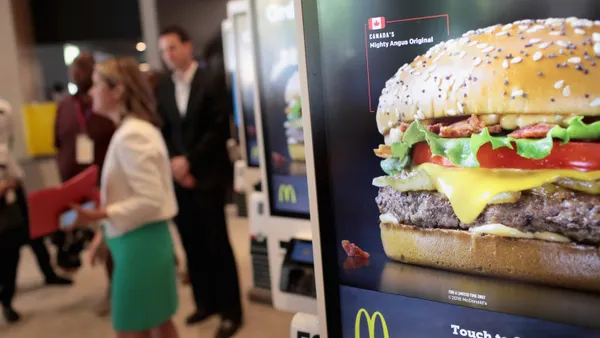Dive Brief:
- A 'handful of incidents' in the span of several years wasn't enough to substantiate an employee's claims of disparate treatment, hostile work environment, constructive discharge and retaliation, the 4th U.S. Circuit Court of Appeals held (Perkins v. International Paper Company, No. 18-1507 (4th Cir. Aug. 27, 2019)).
- Matthew Perkins, an African American male, sued the South Carolina paper mill where he had worked for 30 years, alleging race-based discrimination. The alleged discrimination fell into three categories: 1) mistreatment compared to white employees; 2) improper denials of requests for promotions; and 3) racially offensive conduct and statements. Perkins said that no racially offensive statements were made to him or in his presence while he was employed, but said he had heard about a white employee wearing a "KKK hat" at work in 2006. He also claimed he was told a black female employee had overheard a white employee using a racist slur. Perkins' co-workers testified about allegedly race-based incidents that Perkins was unaware of, the court said.
- The district court granted summary judgment to the employer, and the 4th Circuit affirmed. The court said that the "handful of incidents" Perkins described did not rise to the level of severity and pervasiveness required by U.S. Supreme Court and 4th Circuit precedent to constitute a hostile workplace. Perkins also did not allege that the incidents interfered with his ability to perform his job, the court said. The court noted that evidence of how others were treated can be relevant to a hostile work environment claim, but the evidence Perkins presented was "insufficient to create a genuine issue of material fact" because the statements happened several years apart and years before Perkins' decision to leave the company.
Dive Insight:
The U.S. Equal Employment Opportunity Commission (EEOC) has said in a guidance that "[p]etty slights, annoyances, and isolated incidents (unless extremely serious) will not rise to the level of illegality." Conduct must create a work environment that would be "intimidating, hostile, or offensive to reasonable people" in order to be considered unlawful, according to the agency. Offensive conduct can include, offensive jokes, slurs, epithets or name calling and interference with work performance, among other things, per the EEOC's guidance.
Still, federal courts have ruled oppositely in other cases. In February, the 7th U.S. Circuit Court of Appeals allowed a case in which a supervisor used three racial slurs over a six-month period to proceed, stating that the supervisor's conduct was both severe and humiliating. In June, the 9th Circuit Court of Appeals overturned a lower court's ruling holding that the use of four racial slurs in a worker's presence over one year was not enough to find that the worker was subjected to an abusive work environment.
When it comes to proactively addressing harassment, employment law experts have generally recommended that employers focus on prevention rather than compliance. Experts have also advised HR to to improve their processes for conducting internal investigations, even if employees' concerns don't result in formal complaints.









